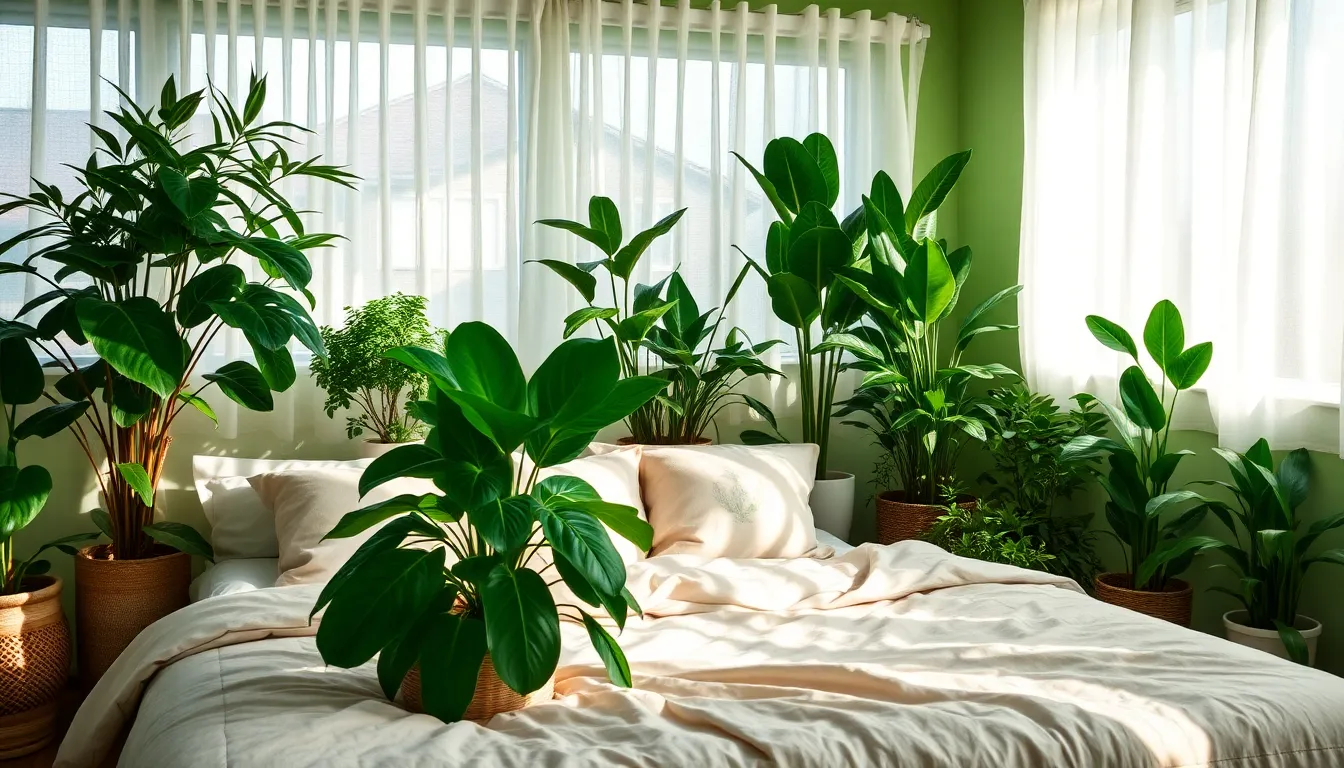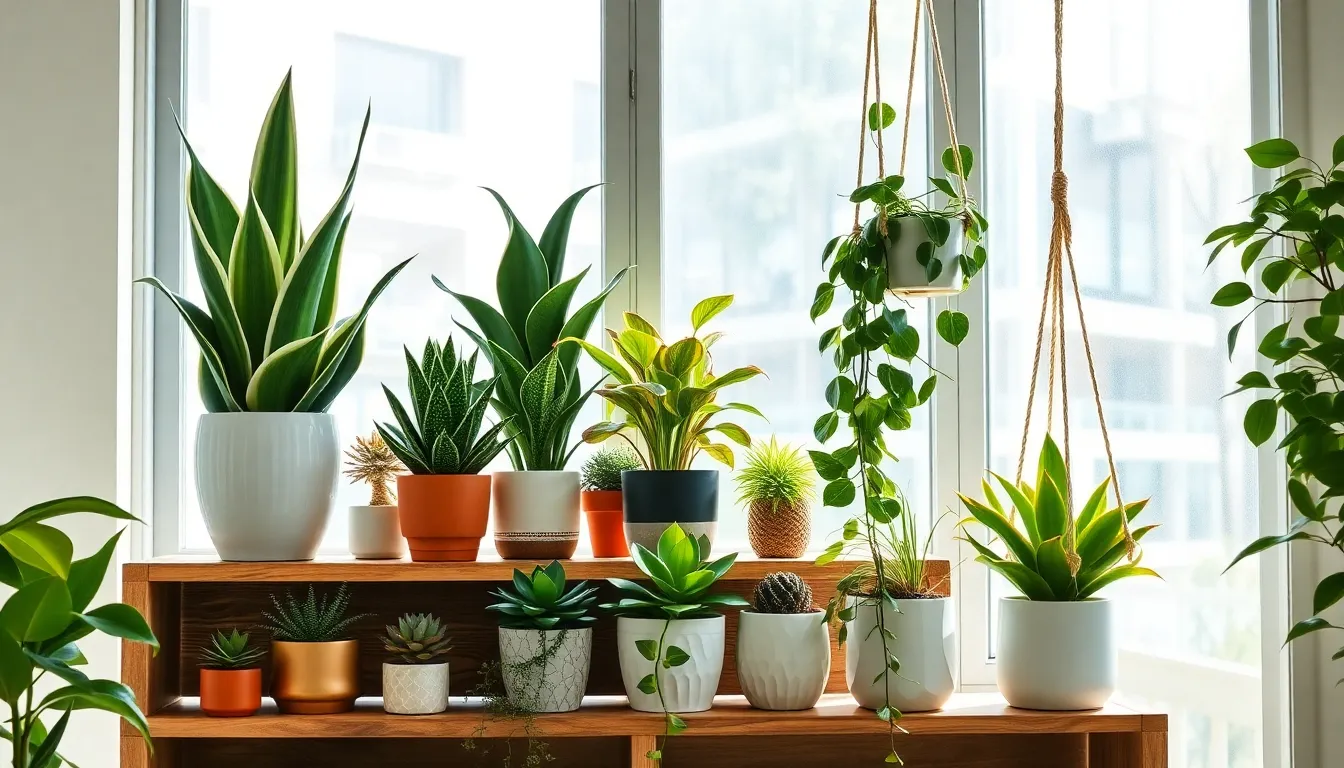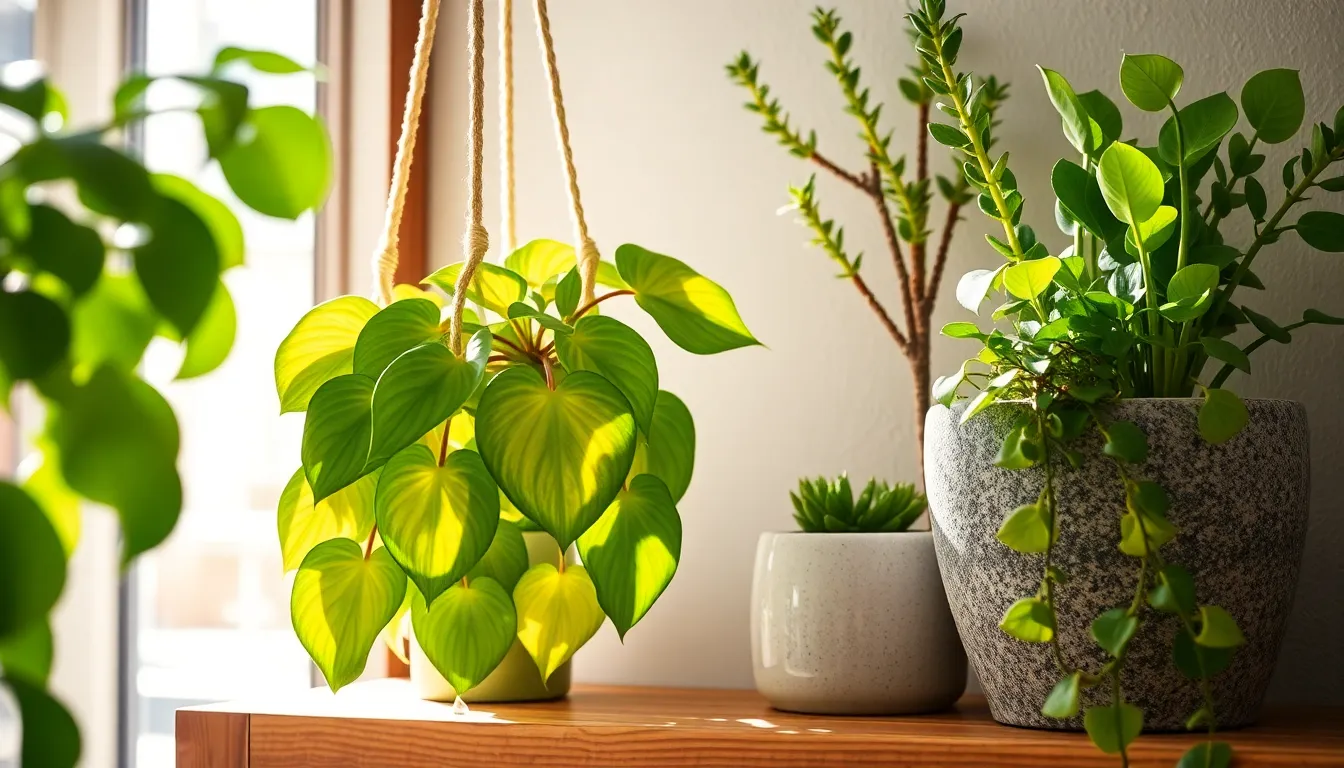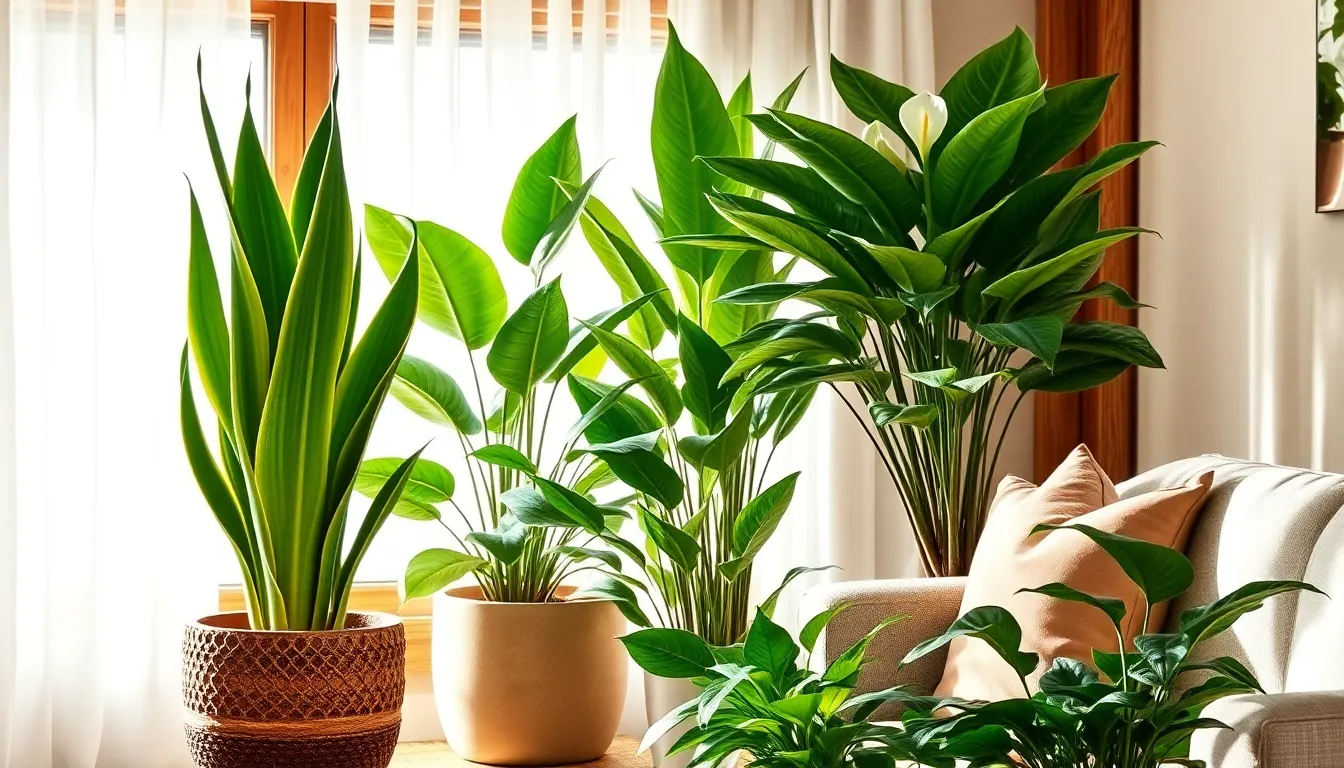Imagine waking up every morning to a bedroom that feels like a lush sanctuary, where the air is fresher, and a sense of tranquility greets you with each sunrise. Whether you’re a budding gardener or someone with years of experience, this guide to the best indoor plants for your bedroom is designed to help you cultivate a personal oasis with ease and enjoyment.
Choosing the right plants for your sleeping space isn’t just about aesthetics; it’s about enhancing your well-being and creating a harmonious environment. Our curated list offers practical insights into plant varieties that thrive in bedroom conditions, ensuring you reap the benefits of cleaner air, improved sleep quality, and the simple joy of watching your green companions thrive.
With our expert tips and plant care techniques, you’ll feel empowered to nurture your indoor garden with confidence, regardless of your prior experience. Dive into this guide, and discover the rewarding journey of transforming your bedroom into a lively, comforting retreat that reflects the best of nature’s beauty right at your bedside.
Peace Lily (Spathiphyllum wallisii)
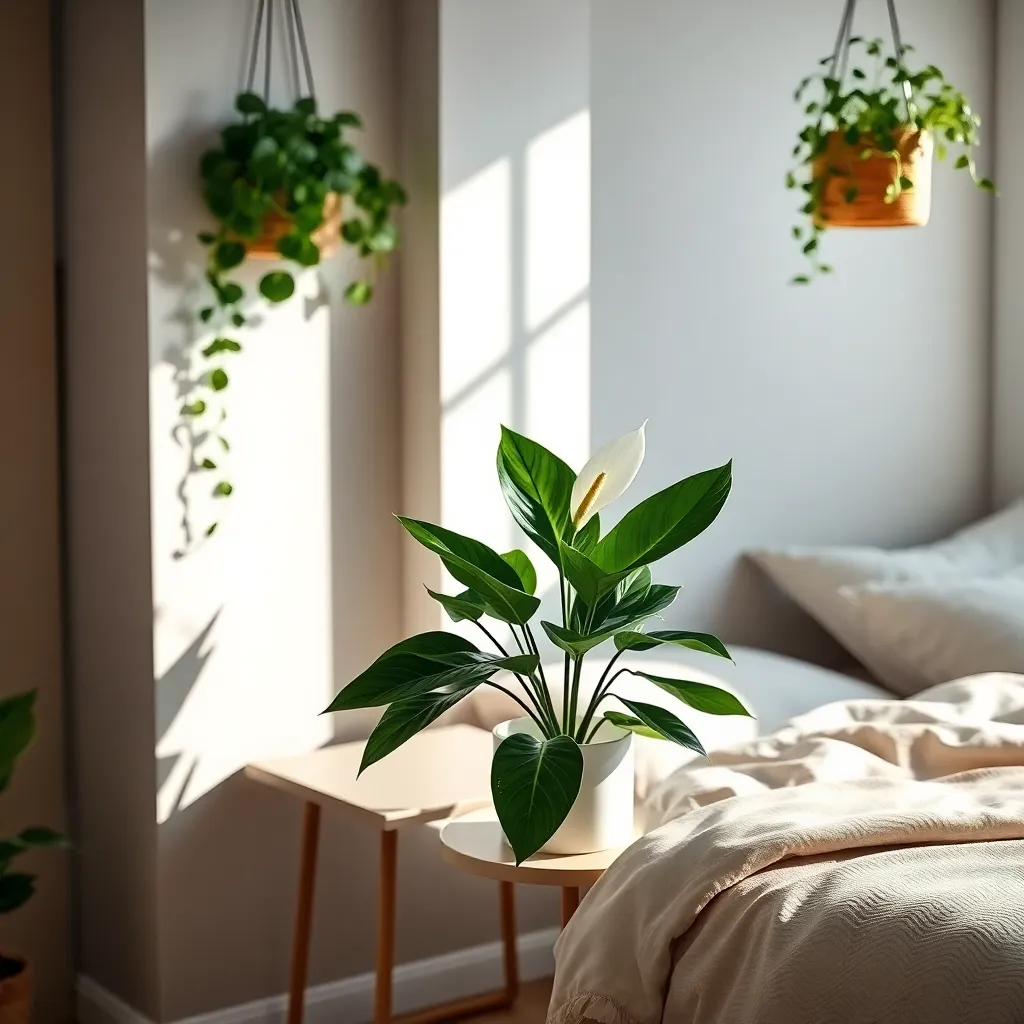
Peace Lily (Spathiphyllum wallisii) is an excellent choice for your bedroom due to its air-purifying qualities and elegant appearance. Known for its lush green leaves and striking white blooms, it can brighten any indoor space while improving air quality by removing toxins like formaldehyde and benzene.
To ensure your Peace Lily thrives, place it in a spot with indirect sunlight, as direct sunlight can scorch its leaves. If natural light is limited, fluorescent lights can serve as a suitable alternative to keep it healthy and vibrant.
Watering is crucial, but Peace Lilies prefer to dry out slightly between waterings. Check the soil weekly, and when the top inch feels dry, give it a thorough drink, ensuring excess water drains away to prevent root rot.
For optimal growth, use a well-draining potting mix that retains some moisture. A blend of peat moss and perlite could work well, providing the right balance of moisture retention and aeration.
Advanced gardeners might consider misting the leaves occasionally to maintain the humidity level, especially in dry environments. Fertilize every 6-8 weeks during the growing season with a balanced, water-soluble fertilizer to encourage lush foliage and blooms.
Spider Plant (Chlorophytum comosum)
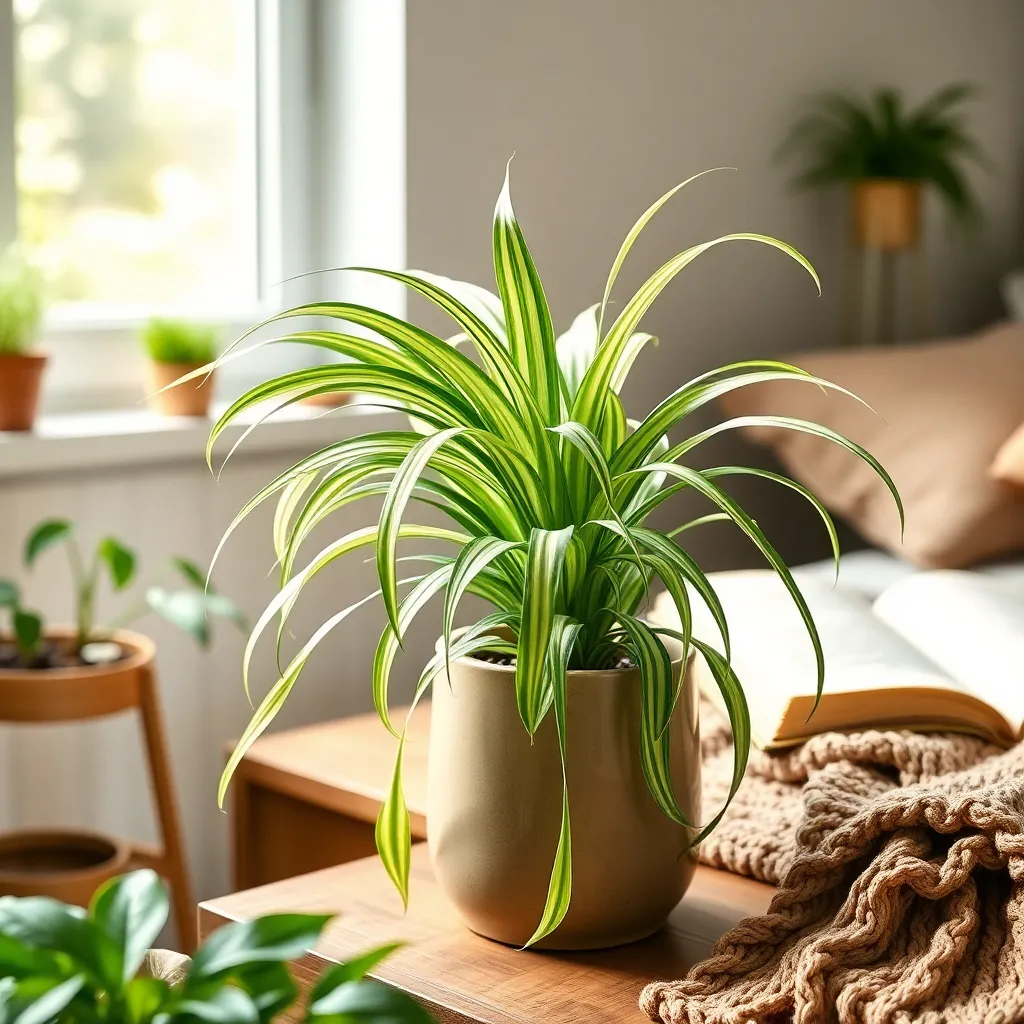
Spider plants, or Chlorophytum comosum, are known for their striking, arching leaves and ease of care, making them an excellent choice for bedrooms. These plants thrive in a wide range of conditions, but for optimal growth, place them in bright, indirect light.
Watering is key to maintaining a healthy spider plant. Allow the soil to dry out slightly between waterings, as overwatering can lead to root rot, which is a common issue for beginners.
For those looking to enhance their spider plant’s growth, consider using a well-draining potting mix with a combination of peat, pine bark, and perlite. This mix ensures adequate drainage while retaining enough moisture for the plant’s roots.
Spider plants are particularly resilient, but they do benefit from occasional feeding. Apply a balanced liquid fertilizer every 4-6 weeks during the growing season to support lush foliage and healthy plantlets.
English Ivy (Hedera helix)
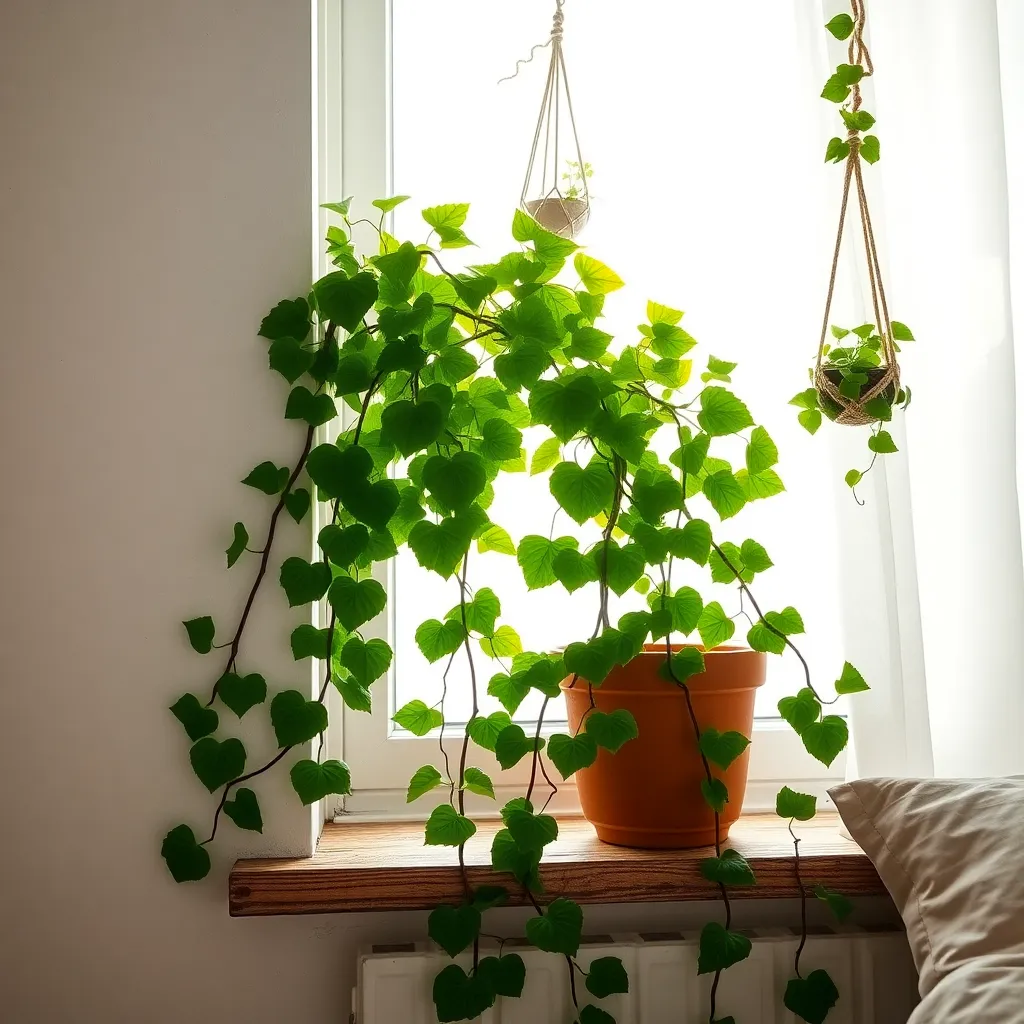
English Ivy (Hedera helix) is a versatile and attractive choice for your bedroom, known for its lush foliage and air-purifying qualities. This plant thrives in indirect light, making it perfect for spots where sunlight is limited, such as a north-facing window.
To care for English Ivy, ensure the soil remains consistently moist but not waterlogged; overwatering can lead to root rot. Use a well-draining potting mix, such as a blend of peat moss, perlite, and coarse sand, to provide the ideal environment for healthy growth.
Regular pruning will not only help maintain the desired shape but also promote denser foliage. Snip back any leggy or yellowing vines, and if you’re feeling adventurous, try propagating these cuttings in water to start new plants.
For those looking to enhance their plant care skills, consider misting the leaves occasionally or placing the pot on a tray of pebbles with water to boost humidity levels. This can be particularly beneficial in dry indoor climates, helping to keep the foliage vibrant and lush.
Aloe Vera (Aloe barbadensis miller)
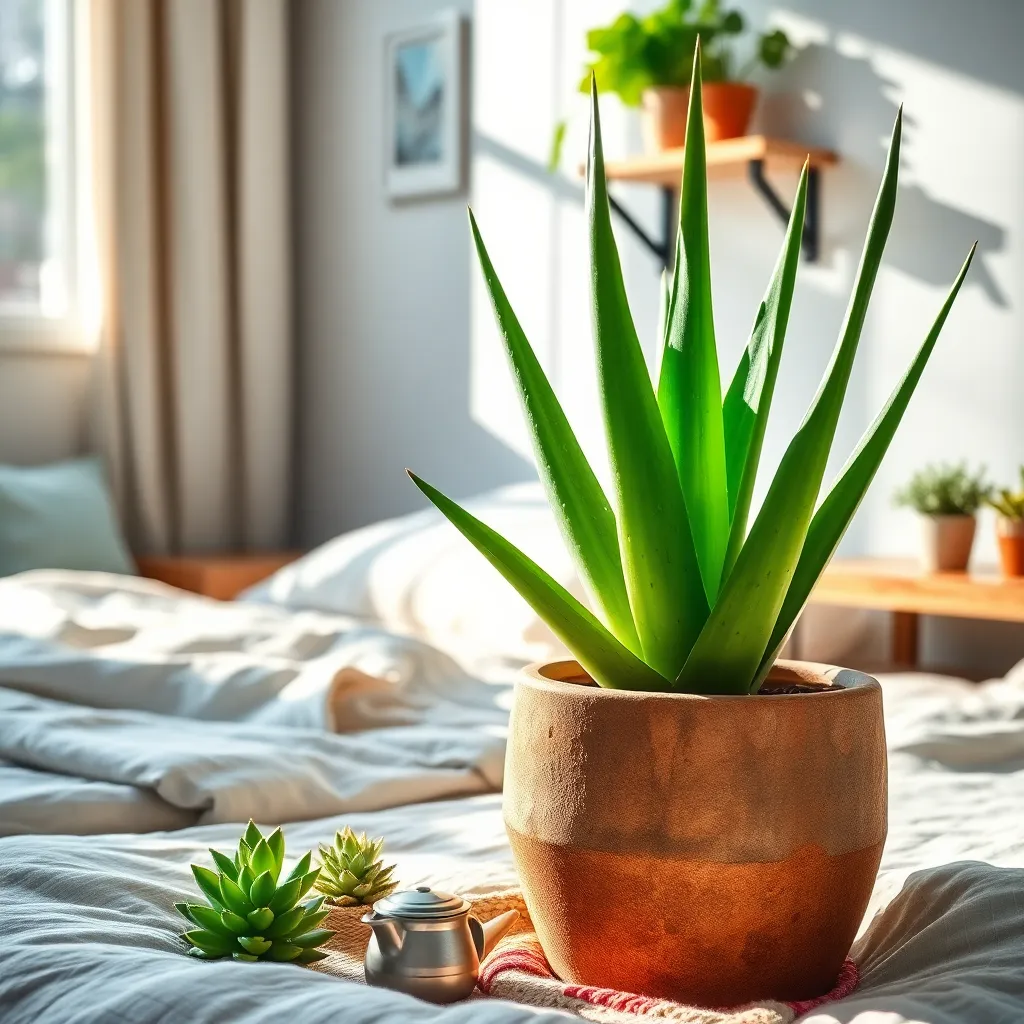
Aloe Vera (Aloe barbadensis miller) is a superb choice for your bedroom, thanks to its air-purifying qualities and easy-care nature. This resilient succulent thrives in indirect sunlight, making it perfect for indoor settings where bright light is available but not direct.
For optimal growth, plant your Aloe Vera in a well-draining soil mix, such as a cactus or succulent blend. Water the plant sparingly, allowing the soil to dry out completely between waterings to prevent root rot, which is a common issue with overwatering.
Temperature is crucial for Aloe Vera’s health, as it prefers a warm climate with temperatures between 60-75°F (15-24°C). During the winter months, reduce watering even further, as the plant enters a dormant phase and requires less moisture.
Advanced gardeners can propagate Aloe Vera by removing offsets, also known as “pups,” from the parent plant. Simply allow the pups to dry for a day or two before planting them in their own pots with fresh soil, ensuring they receive the same care as mature plants.
Rubber Plant (Ficus elastica)
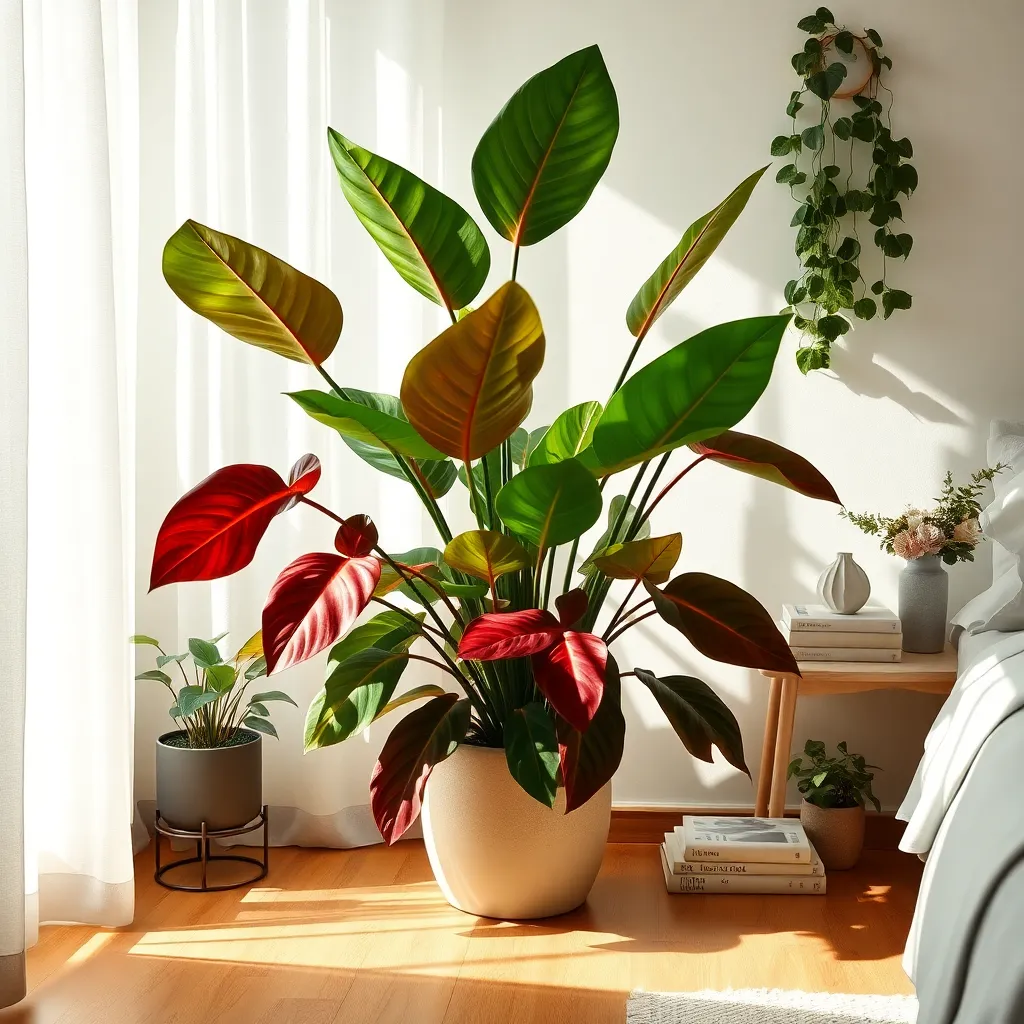
The Rubber Plant, scientifically known as Ficus elastica, is an excellent choice for your bedroom due to its air-purifying qualities. This hardy plant thrives in a variety of light conditions, making it suitable for most indoor spaces.
For optimal growth, place your Rubber Plant in bright, indirect light, although it can tolerate low-light environments as well. Be sure to use a well-draining potting mix, such as a peat-based soil, to prevent root rot.
Watering should be done sparingly; allow the top inch of soil to dry out between waterings to keep the plant healthy. During the growing season, consider fertilizing once a month with a balanced liquid fertilizer to encourage lush foliage.
Advanced gardeners can propagate the Rubber Plant through stem cuttings, which is a rewarding way to expand your indoor garden. Regularly wiping the leaves with a damp cloth will remove dust and improve the plant’s ability to photosynthesize effectively.
Conclusion: Growing Success with These Plants
As we conclude our exploration of the best indoor plants for your bedroom, let’s revisit the five key relationship concepts these green companions can teach us. First, they remind us of the importance of nurturing and care; just like relationships, plants thrive when given attention. Second, they highlight the power of patience, as growth takes time. Third, plants demonstrate resilience, showing us that overcoming challenges is a natural part of any relationship. Fourth, they underscore the need for balance, as both too much and too little can hinder growth. Lastly, they embody the beauty of consistency, reinforcing that small, regular efforts lead to flourishing connections.
To translate this botanical wisdom into your relationships, start by selecting a plant to bring into your space. Let it serve as a daily reminder to invest in your connections with the same love and dedication.
Remember to save this article for ongoing inspiration—it’s a resource you’ll want to revisit. As you cultivate both your plants and relationships, look forward to a future where they both flourish with vibrancy and joy. Your journey to relationship success is just beginning, and each step you take is a step towards deeper, more meaningful connections.

